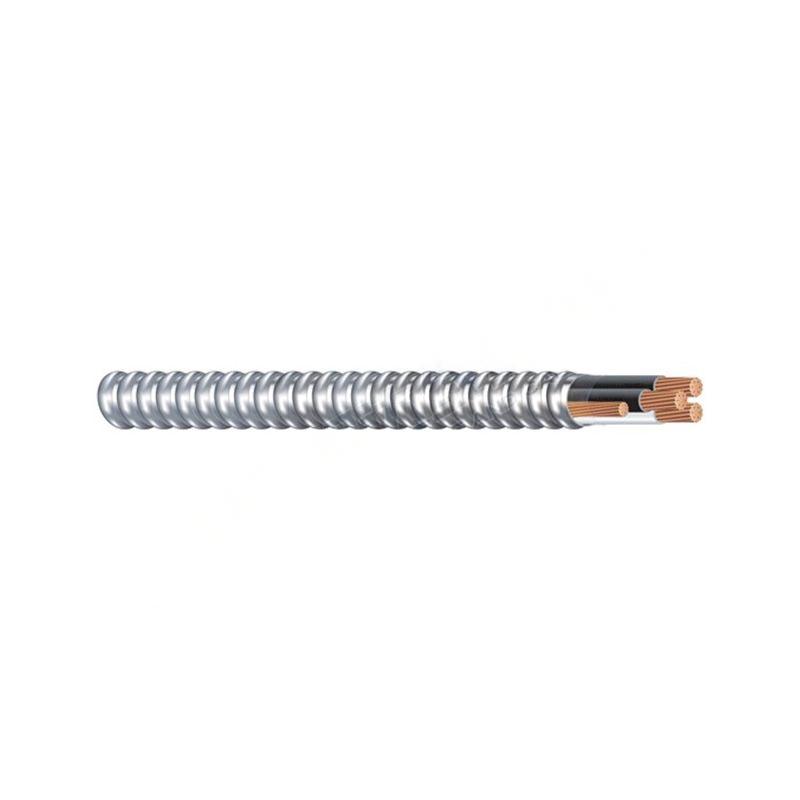10 月 . 16, 2024 06:47 Back to list
Innovative Wafer Style Butterfly Valve for Optimal Flow Control Solutions
Wafer Style Butterfly Valve An Essential Component in Modern Fluid Control
In the realm of fluid control systems, the wafer style butterfly valve stands out as an efficient and versatile component that is increasingly used in various industries. Its design, functionality, and advantages make it a preferred choice for engineers and technicians when it comes to managing the flow of liquids and gases. In this article, we will explore the characteristics, applications, and benefits of wafer style butterfly valves, elucidating why they are integral to modern industrial processes.
What is a Wafer Style Butterfly Valve?
A wafer style butterfly valve is a quarter-turn valve that utilizes a circular disc as its primary mechanism to control flow. This disc is mounted on a shaft, and when the shaft is rotated, the disc pivots to either allow or obstruct the flow of fluid. The term wafer refers to the valve's unique design that allows it to be sandwiched between two flanges, making it a space-saving option compared to traditional valves. This design also contributes to its lightweight and low-profile characteristics, making installation and maintenance easier.
Key Features and Designs
One of the most notable features of wafer style butterfly valves is their compact size. Unlike other valve types, such as gate or globe valves, wafer butterfly valves require significantly less space, which is a crucial factor in many applications where space is limited. Additionally, they can be installed in any orientation, providing further flexibility in design and layout.
Wafer butterfly valves are available in various materials, including cast iron, stainless steel, and plastic, which allows for compatibility with a wide range of fluids and environments. They can handle different pressure ratings, making them suitable for various applications, from simple water systems to complex chemical processes.
Applications
The versatility of wafer style butterfly valves has led to their widespread use across multiple sectors. Some of the key industries that benefit from these valves include
1. Water Treatment Plants These valves are commonly used in both potable water and wastewater treatment applications. Their ability to provide quick and reliable flow control is essential for maintaining water quality and safety.
2. Pipelines In petroleum and gas transportation, wafer butterfly valves help regulate flow and prevent backflow, ensuring efficient and safe operations.
wafer style butterfly valve

4. HVAC Systems In heating, ventilation, and air conditioning systems, these valves help control airflow and temperature, contributing to energy efficiency and comfort.
5. Chemical Processing Wafer butterfly valves are also employed in chemical plants due to their ability to handle corrosive substances, ensuring safe and effective flow management.
Advantages of Wafer Style Butterfly Valves
The numerous advantages of wafer style butterfly valves make them an attractive option for various applications
- Space Efficiency Their compact design allows for installation in tight spaces, where larger valves cannot fit.
- Weight Being lighter than many other valves, wafer butterfly valves simplify handling and installation processes.
- Cost-Effective The design and materials used often make these valves more affordable than traditional valve types, thus providing a cost-effective solution without compromising quality.
- Ease of Use The quarter-turn operation allows for rapid opening and closing, enabling precise flow control with minimal operator effort.
- Maintenance These valves typically have fewer parts than traditional valves, leading to reduced maintenance needs and downtime.
Conclusion
In conclusion, wafer style butterfly valves play a critical role in modern fluid control systems across various industries. Their unique design, coupled with their numerous advantages, positions them as a reliable and efficient solution for managing the flow of liquids and gases. As industries continue to evolve and demand more efficient systems, the wafer style butterfly valve will undoubtedly remain a staple component, contributing to the safety, efficiency, and productivity of fluid management processes worldwide. Whether in water treatment, chemical processing, or HVAC systems, their impact is significant, ensuring that fluid control remains effective in an ever-changing industrial landscape.
Share
-
Understanding the Differences Between Wafer Type Butterfly Valve and Lugged Butterfly ValveNewsOct.25,2024
-
The Efficiency of Wafer Type Butterfly Valve and Lugged Butterfly ValveNewsOct.25,2024
-
The Ultimate Guide to Industrial Swing Check Valve: Performance, Installation, and MaintenanceNewsOct.25,2024
-
Superior Performance with Industrial Swing Check Valve: The Essential Valve for Any SystemNewsOct.25,2024
-
Industrial Swing Check Valve: The Ideal Solution for Flow ControlNewsOct.25,2024
-
You Need to Know About Industrial Swing Check Valve: Functionality, Scope, and PerformanceNewsOct.25,2024